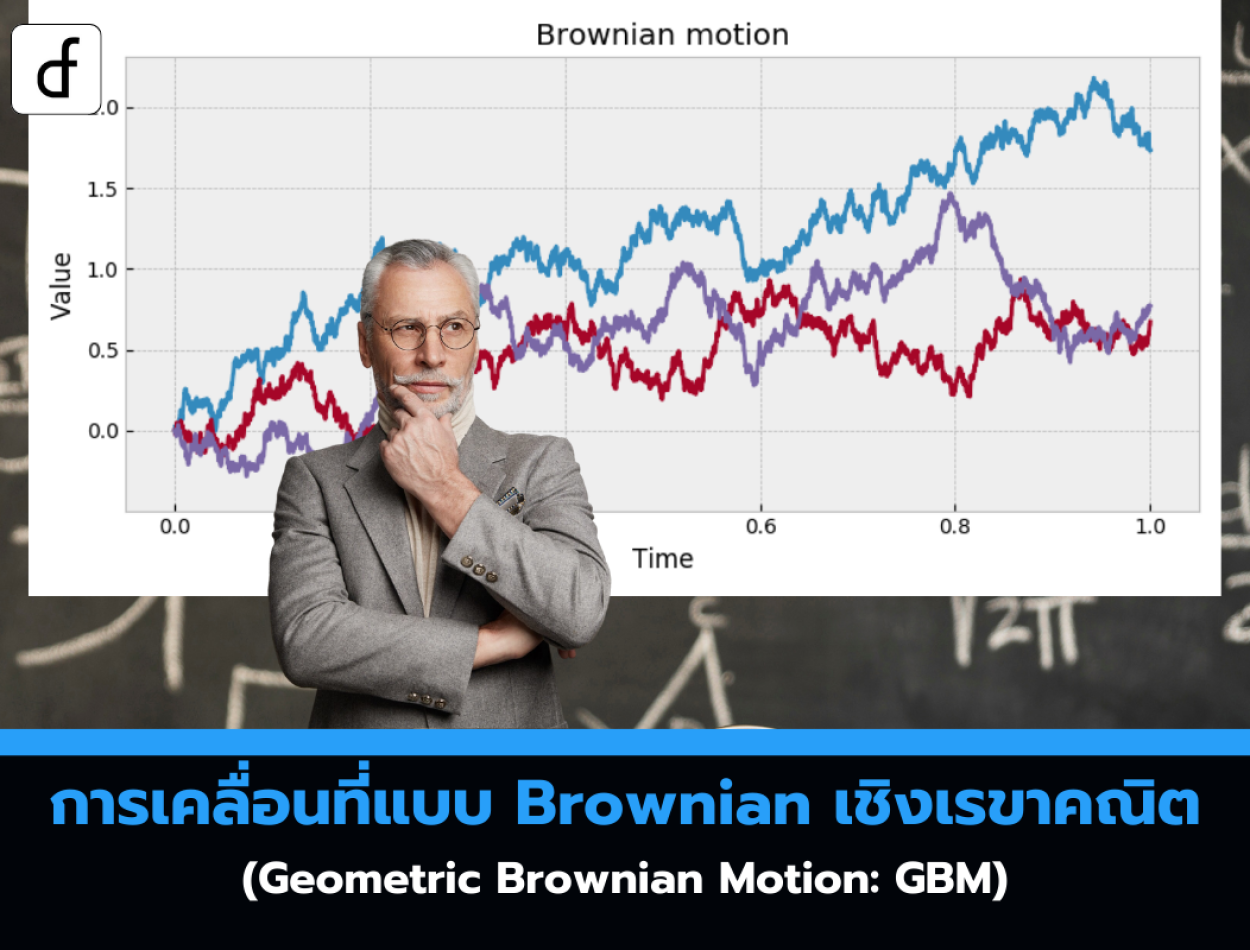
Geometric Brownian Motion (GBM)
2025-05-06 07:12:00
The usual model for the time-evolution of an asset price S(t) is given by the geometric Brownian motion, represented by the following stochastic differential equation:
Note that the coefficients
The solution S(t) can be found by the application of Ito's Lemma to the stochastic differential equation.
Dividing through by S(t) in the above equation leads to:
Notice that the left hand side of this equation looks similar to the derivative of log S(t). Applying Ito's Lemma to log S(t) gives:
This becomes:
This is an Ito drift-diffusion process. It is a standard Brownian motion with a drift term. Since the above formula is simply shorthand for an integral formula, we can write this as:
Finally, taking the exponential of this equation gives:
This is the solution the stochastic differential equation. In fact it is one of the only analytical solutions that can be obtained from stochastic differential equations.
Reference: Geometric Brownian Motion
From https://www.quantstart.com/articles/Geometric-Brownian-Motion/
Leave a comment :
Recent post

2025-01-10 10:12:01

2024-05-31 03:06:49

2024-05-28 03:09:25
Tagscloud
Other interesting articles
There are many other interesting articles, try selecting them from below.

2025-03-19 01:53:23

2025-03-24 05:29:01

2024-11-25 03:22:48

2024-10-18 02:13:22

2025-03-14 02:33:37

2023-11-13 10:23:08

2024-03-27 04:49:48

2025-02-03 03:01:55

